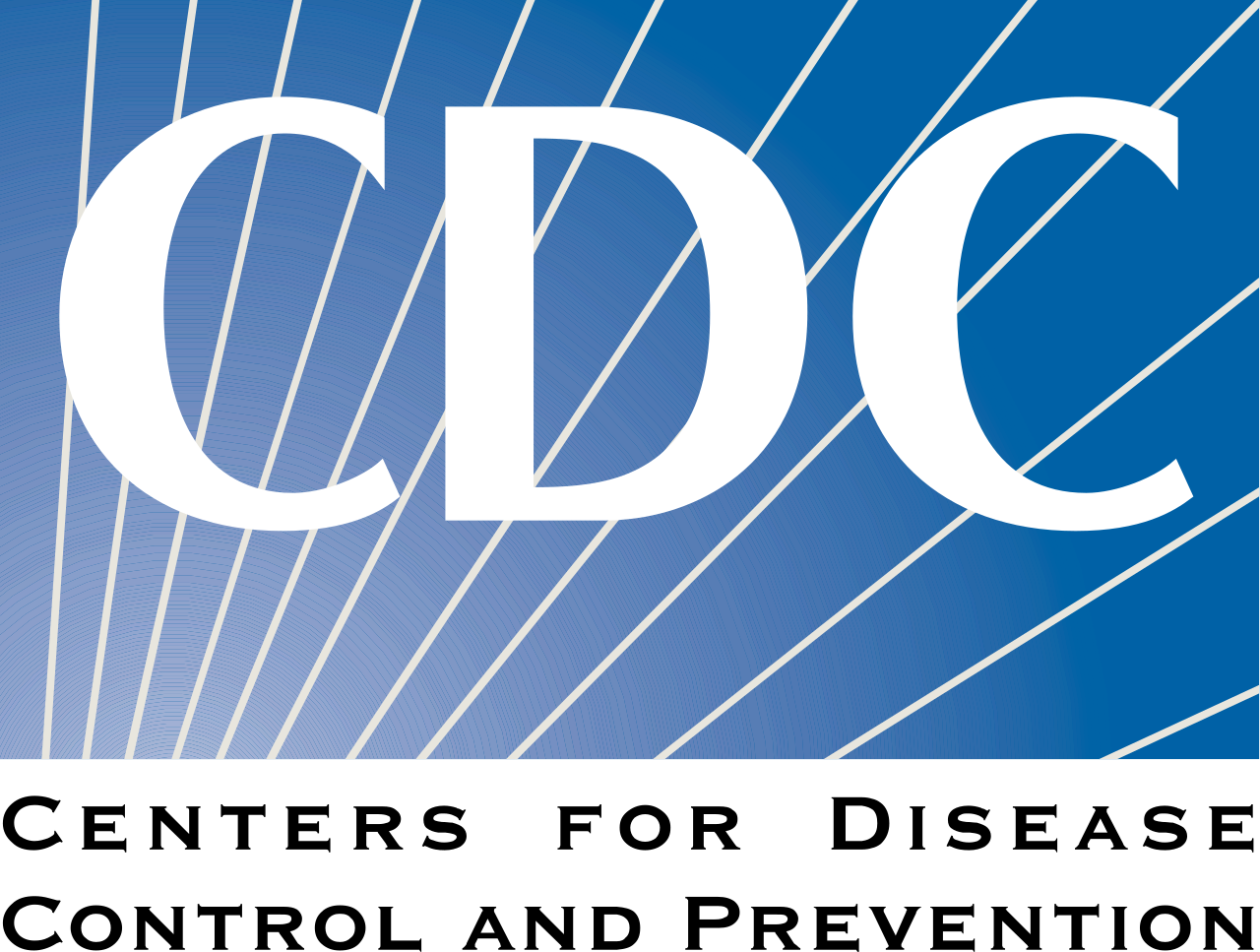This is an article produced by the Centers for Disease Control and Prevention (CDC) of the United States.
Coronaviruses are a large family of viruses that are common in humans and many different species of animals, including camels, cattle, cats, and bats. Rarely, animal coronaviruses can infect people and then spread between people, such as with MERS-CoV and SARS-CoV. The virus that causes COVID-19 is spreading from person-to-person in China and some limited person-to-person transmission has been reported in countries outside China, including the United States. However, respiratory illnesses like seasonal influenza, are currently widespread in many US communities.
The following interim guidance may help prevent workplace exposures to acute respiratory illnesses, including COVID-19, in non-healthcare settings. The guidance also provides planning considerations if there are more widespread, community outbreaks of COVID-19.
To prevent stigma and discrimination in the workplace, use only the guidance described below to determine risk of COVID-19. Do not make determinations of risk based on race or country of origin, and be sure to maintain confidentiality of people with confirmed COVID-19. There is much more to learn about the transmissibility, severity, and other features of COVID-19 and investigations are ongoing. Updates are available on CDC’s COVID-19 web page.
Recommended strategies for employers to use now:
Actively encourage sick employees to stay home:
- Employees who have symptoms of acute respiratory illness are recommended to stay home and not come to work until they are free of fever (100.4° F [37.8° C] or greater using an oral thermometer), signs of a fever, and any other symptoms for at least 24 hours, without the use of fever-reducing or other symptom-altering medicines (e.g. cough suppressants). Employees should notify their supervisor and stay home if they are sick.
- Ensure that your sick leave policies are flexible and consistent with public health guidance and that employees are aware of these policies.
- Talk with companies that provide your business with contract or temporary employees about the importance of sick employees staying home and encourage them to develop non-punitive leave policies.
- Do not require a healthcare provider’s note for employees who are sick with acute respiratory illness to validate their illness or to return to work, as healthcare provider offices and medical facilities may be extremely busy and not able to provide such documentation in a timely way.
- Employers should maintain flexible policies that permit employees to stay home to care for a sick family member. Employers should be aware that more employees may need to stay at home to care for sick children or other sick family members than is usual.
Separate sick employees:
- CDC recommends that employees who appear to have acute respiratory illness symptoms (i.e. cough, shortness of breath) upon arrival to work or become sick during the day should be separated from other employees and be sent home immediately. Sick employees should cover their noses and mouths with a tissue when coughing or sneezing (or an elbow or shoulder if no tissue is available).
Emphasize staying home when sick, respiratory etiquette and hand hygiene by all employees:
- Place posters that encourage staying home when sick, cough and sneeze etiquette, and hand hygiene at the entrance to your workplace and in other workplace areas where they are likely to be seen.
- Provide tissues and no-touch disposal receptacles for use by employees.
- Instruct employees to clean their hands often with an alcohol-based hand sanitizer that contains at least 60-95% alcohol, or wash their hands with soap and water for at least 20 seconds. Soap and water should be used preferentially if hands are visibly dirty.
- Provide soap and water and alcohol-based hand rubs in the workplace. Ensure that adequate supplies are maintained. Place hand rubs in multiple locations or in conference rooms to encourage hand hygiene.
- Visit the coughing and sneezing etiquette and clean hands webpage for more information.
Perform routine environmental cleaning:
- Routinely clean all frequently touched surfaces in the workplace, such as workstations, countertops, and doorknobs. Use the cleaning agents that are usually used in these areas and follow the directions on the label.
- No additional disinfection beyond routine cleaning is recommended at this time.
- Provide disposable wipes so that commonly used surfaces (for example, doorknobs, keyboards, remote controls, desks) can be wiped down by employees before each use.
Advise employees before traveling to take certain steps:
Check the CDC’s Traveler’s Health Notices for the latest guidance and recommendations for each country to which you will travel. Specific travel information for travelers going to and returning from China, and information for aircrew, can be found at on the CDC website.
Advise employees to check themselves for symptoms of acute respiratory illness before starting travel and notify their supervisor and stay home if they are sick.
Ensure employees who become sick while traveling or on temporary assignment understand that they should notify their supervisor and should promptly call a healthcare provider for advice if needed.
If outside the United States, sick employees should follow your company’s policy for obtaining medical care or contact a healthcare provider or overseas medical assistance company to assist them with finding an appropriate healthcare provider in that country. A consular officer of your country can help locate healthcare services. However, embassies, consulates, and military facilities do not have the legal authority, capability, and resources to evacuate or give medicines, vaccines, or medical care to private citizens overseas.
(...)
Additional Measures in Response to Currently Occurring Sporadic Importations of the COVID-19:
Employees who are well but who have a sick family member at home with COVID-19 should notify their supervisor and refer to CDC guidance for how to conduct a risk assessment of their potential exposure.
If an employee is confirmed to have COVID-19, employers should inform fellow employees of their possible exposure to COVID-19 in the workplace but maintain confidentiality as required by the Americans with Disabilities Act (ADA). Employees exposed to a co-worker with confirmed COVID-19 should refer to CDC guidance for how to conduct a risk assessment of their potential exposure.
Employers should:
- Ensure the plan is flexible and involve your employees in developing and reviewing your plan.
- Conduct a focused discussion or exercise using your plan, to find out ahead of time whether the plan has gaps or problems that need to be corrected.
- Share your plan with employees and explain what human resources policies, workplace and leave flexibilities, and pay and benefits will be available to them.
- Share best practices with other businesses in your communities (especially those in your supply chain), chambers of commerce, and associations to improve community response efforts.
Recommendations for an Infectious Disease Outbreak Response Plan:
- Identify possible work-related exposure and health risks to your employees. OSHA has more information on how to protect workers from potential exposuresexternal icon to COVID-19.
- Review human resources policies to make sure that policies and practices are consistent with public health recommendations and are consistent with existing state and federal workplace laws (for more information on employer responsibilities, visit the Department of Labor’sexternal icon and the Equal Employment Opportunity Commission’sexternal icon websites).
- Explore whether you can establish policies and practices, such as flexible worksites (e.g., telecommuting) and flexible work hours (e.g., staggered shifts), to increase the physical distance among employees and between employees and others if state and local health authorities recommend the use of social distancing strategies. For employees who are able to telework, supervisors should encourage employees to telework instead of coming into the workplace until symptoms are completely resolved. Ensure that you have the information technology and infrastructure needed to support multiple employees who may be able to work from home.
- Identify essential business functions, essential jobs or roles, and critical elements within your supply chains (e.g., raw materials, suppliers, subcontractor services/products, and logistics) required to maintain business operations. Plan for how your business will operate if there is increasing absenteeism or these supply chains are interrupted.
- Set up authorities, triggers, and procedures for activating and terminating the company’s infectious disease outbreak response plan, altering business operations (e.g., possibly changing or closing operations in affected areas), and transferring business knowledge to key employees. Work closely with your local health officials to identify these triggers.
- Plan to minimize exposure between employees and also between employees and the public, if public health officials call for social distancing.
- Establish a process to communicate information to employees and business partners on your infectious disease outbreak response plans and latest COVID-19 information. Anticipate employee fear, anxiety, rumors, and misinformation, and plan communications accordingly.
- In some communities, early childhood programs and K-12 schools may be dismissed, particularly if COVID-19 worsens. Determine how you will operate if absenteeism spikes from increases in sick employees, those who stay home to care for sick family members, and those who must stay home to watch their children if dismissed from school. Businesses and other employers should prepare to institute flexible workplace and leave policies for these employees.
- Local conditions will influence the decisions that public health officials make regarding community-level strategies; employers should take the time now to learn about plans in place in each community where they have a business.
- If there is evidence of a COVID-19 outbreak in the US, consider canceling non-essential business travel to additional countries per travel guidance on the CDC website.
- Travel restrictions may be enacted by other countries which may limit the ability of employees to return home if they become sick while on travel status.
- Consider cancelling large work-related meetings or events.
- Engage stateexternal icon and localexternal icon health departments to confirm channels of communication and methods for dissemination of local outbreak information. When working with your local health department check their available hours.



Follow Us